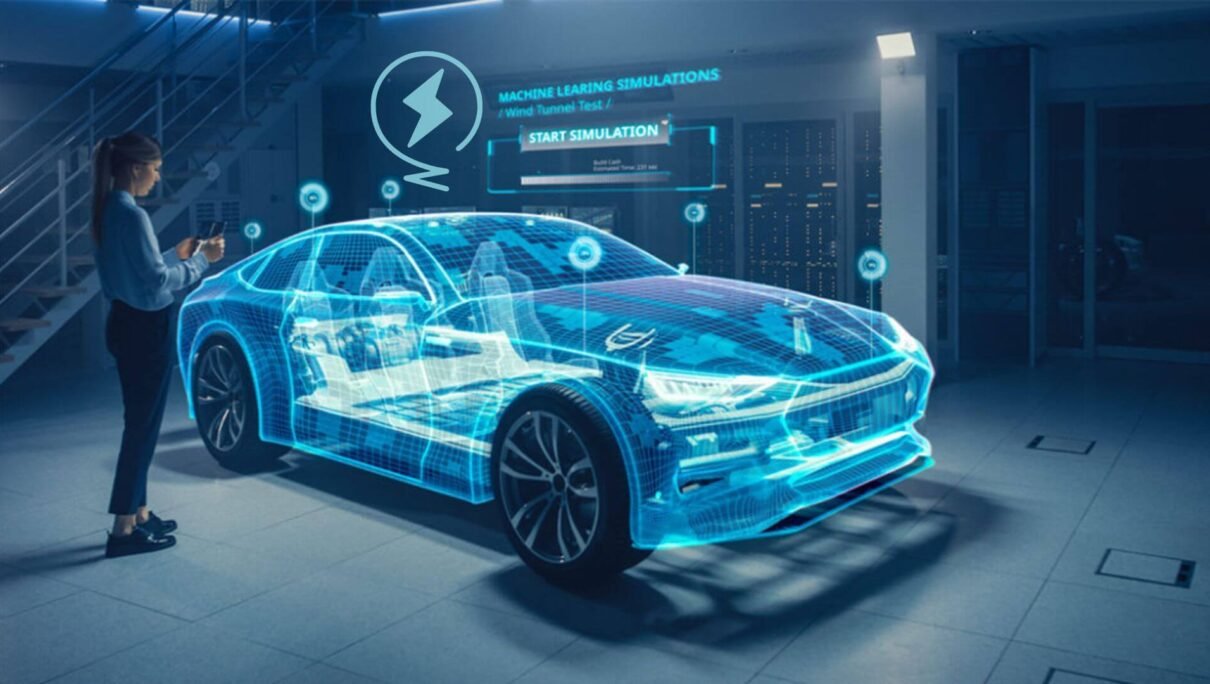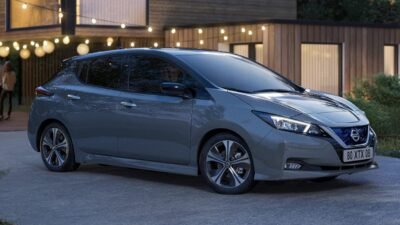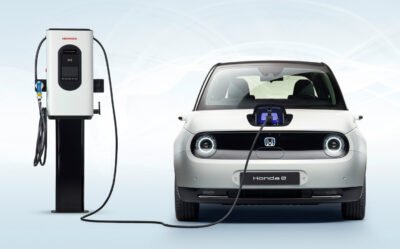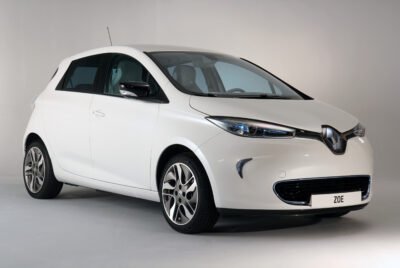Introduction
Connected Vehicles are undergoing an unprecedented transformation, driven by the convergence of autonomous and connected technologies. This paradigm shift is not confined to the mechanics of driving; it extends into the very fabric of vehicle interiors, the user interfaces that govern our interactions, and the sophisticated sensor arrays that enable vehicles to perceive the world around them. In this article, we embark on an exploration of the profound impact of autonomous technology on interior design, the critical role of User Interface and Experience (UI/UX) design for connected cars, and the seamless integration of sensors and cameras in the design process. Together, these elements are reshaping the way we perceive, interact with, and ultimately, experience the vehicles of tomorrow.
1. Connected Vehicles : Interior Design Reimagined
1.1. Rethinking Spatial Configuration
As the era of autonomous driving dawns, the traditional layout of vehicle interiors is undergoing a radical transformation. Freed from the constraints of conventional driving positions, designers are seizing the opportunity to reimagine interior spaces. Foldable seats, swiveling captain’s chairs, and modular configurations are becoming commonplace, ensuring that passengers can work, relax, or engage in meaningful social interactions during their journeys. This shift towards multifunctional interiors heralds a new era of automotive versatility.
1.2. The Human-Centric Approach
With autonomous vehicles, the emphasis shifts from driving to experiencing. Interior design now centers around human-centric elements, crafting environments that prioritize comfort, relaxation, and productivity. Soft, ergonomic seating, carefully curated ambient lighting schemes, and intuitive interfaces transform vehicles into extensions of our living spaces, blurring the boundaries between mobility and leisure. This shift marks a fundamental evolution in the concept of automotive luxury.
1.3. Safety and Well-being: A New Design Imperative
Autonomous technology brings forth a reinvigorated focus on safety and well-being within vehicle interiors. With reduced emphasis on driver vigilance, designers are incorporating advanced monitoring systems to ensure passenger well-being. From biometric sensors that monitor vital signs to responsive lighting schemes that adapt to passenger behavior, these innovations not only enhance safety but also elevate the overall travel experience.
1.4. Versatility Beyond Mobility
Autonomous vehicles are poised to transcend their role as mere modes of transport. They are becoming versatile spaces, capable of accommodating diverse activities. From mobile offices and entertainment hubs to relaxation pods, the possibilities are limitless. The interior becomes a canvas for creativity, adapting to the unique needs and preferences of each passenger. In this reimagined space, the journey itself becomes an enriching experience.

2. Interface and Experience (UI/UX) Design: Elevating Connectivity in Cars
2.1. The Digital Command Center
Connected Vehicles are no longer just means of transportation; they are sophisticated mobile command centers. UI/UX design takes center stage in ensuring that the interface is intuitive, responsive, and tailored to the unique needs of each passenger. From intuitive touchscreens to voice-activated controls, every interaction is carefully curated for a seamless experience. The goal is to provide a unified and accessible platform that seamlessly integrates with our digital lives.
2.2. Personalization and Predictive Intelligence
Connected Vehicles harness the power of artificial intelligence to understand user preferences and habits. Through machine learning, vehicles adapt to individual drivers, offering personalized recommendations for navigation, entertainment, and even climate control. This level of anticipatory service not only enhances convenience but also establishes an emotional connection between driver and vehicle. It transforms the car into a personalized, intuitive extension of our digital identities.c. Volkswagen ID.3: Striking the Balance Between Style and Efficiency
2.3. Augmented Reality: Bridging the Digital and Physical Realities
Augmented Reality (AR) represents a transformative frontier in UI/UX design. By overlaying digital information onto the physical world, AR enhances situational awareness and interaction within the vehicle. From intuitive navigation cues to immersive entertainment experiences, AR revolutionizes the way we engage with our surroundings. In doing so, it not only elevates safety but also introduces a new dimension of experiential richness to the journey.
2.4. Voice and Gesture Control: Natural Interaction Paradigms
The future of UI/UX design in connected vehicles are is characterized by natural interaction paradigms. Voice and gesture control systems are at the forefront of this evolution, enabling intuitive and hands-free interaction with vehicle systems. Advanced natural language processing and gesture recognition algorithms ensure that the vehicle understands and responds to commands in a seamless and human-like manner. This empowers passengers to interact with the vehicle effortlessly, further enhancing the overall experience.
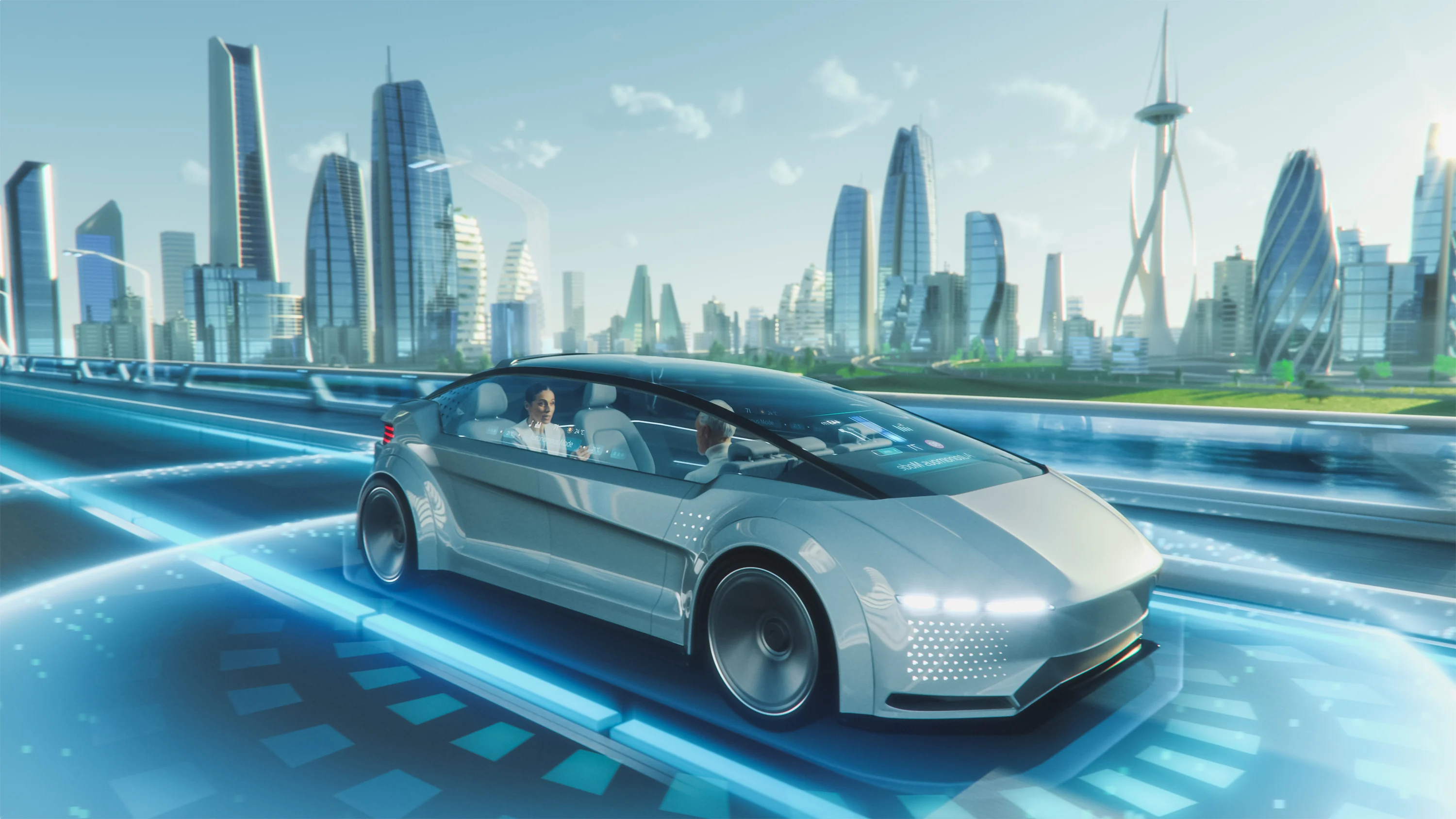
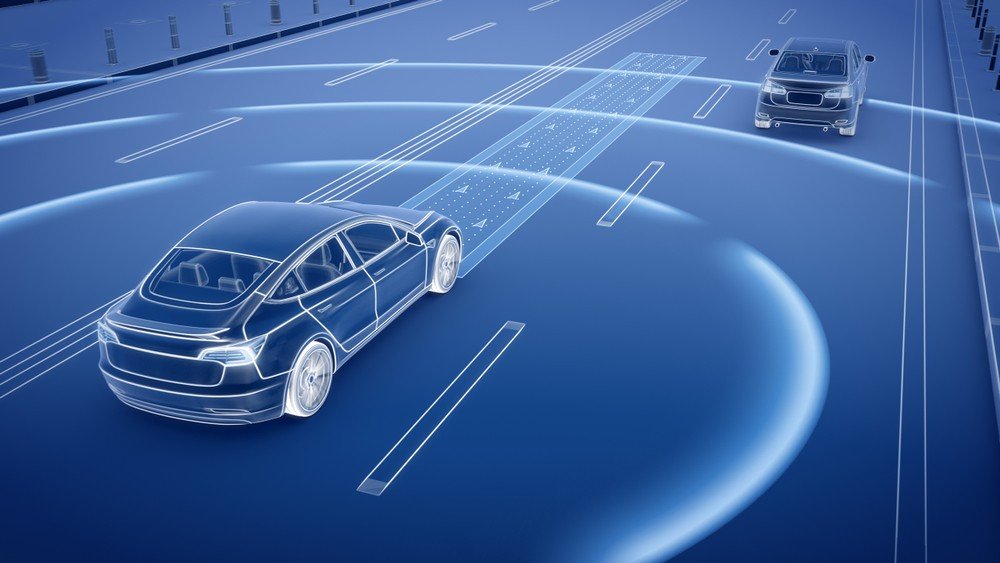
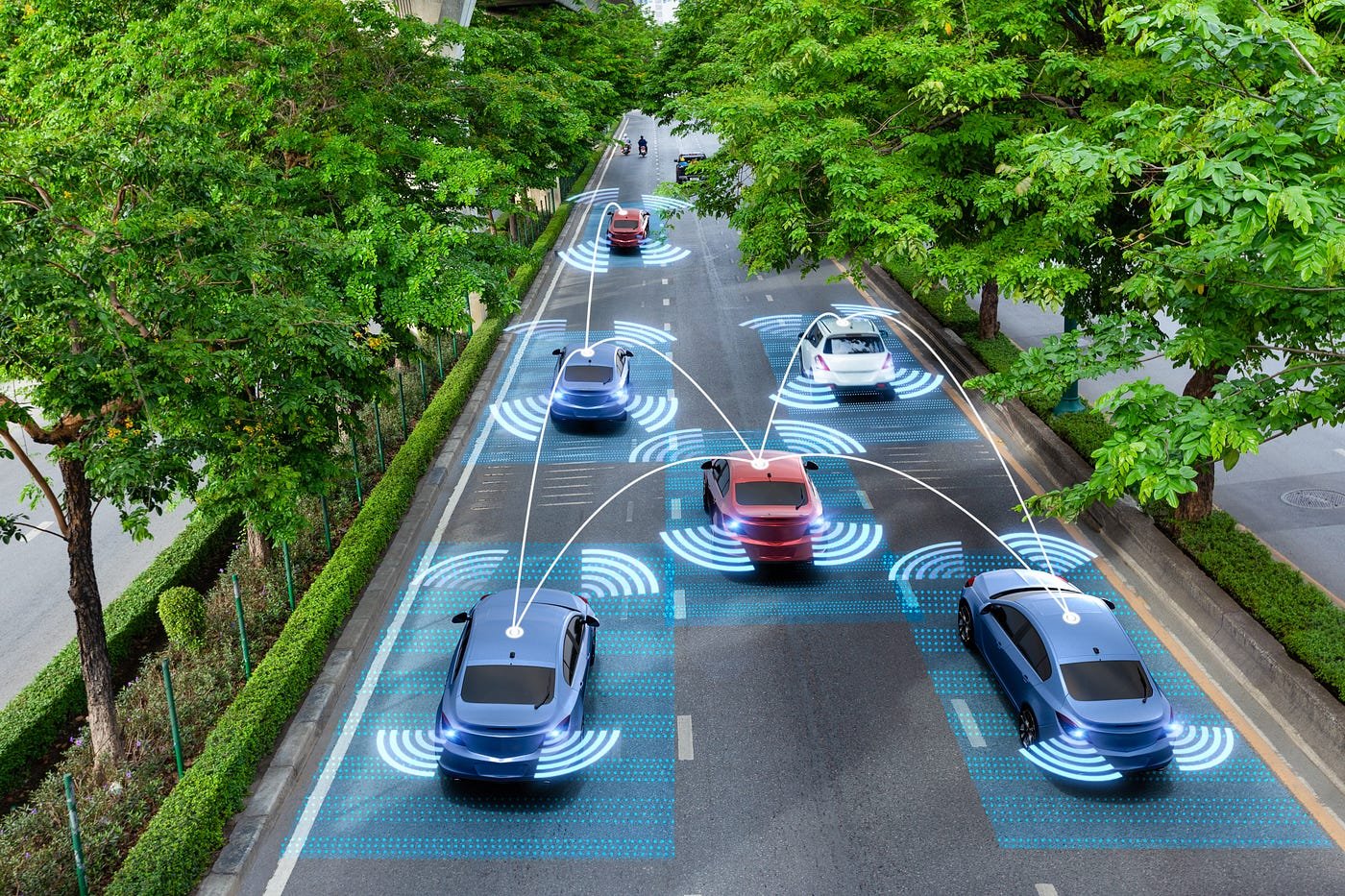
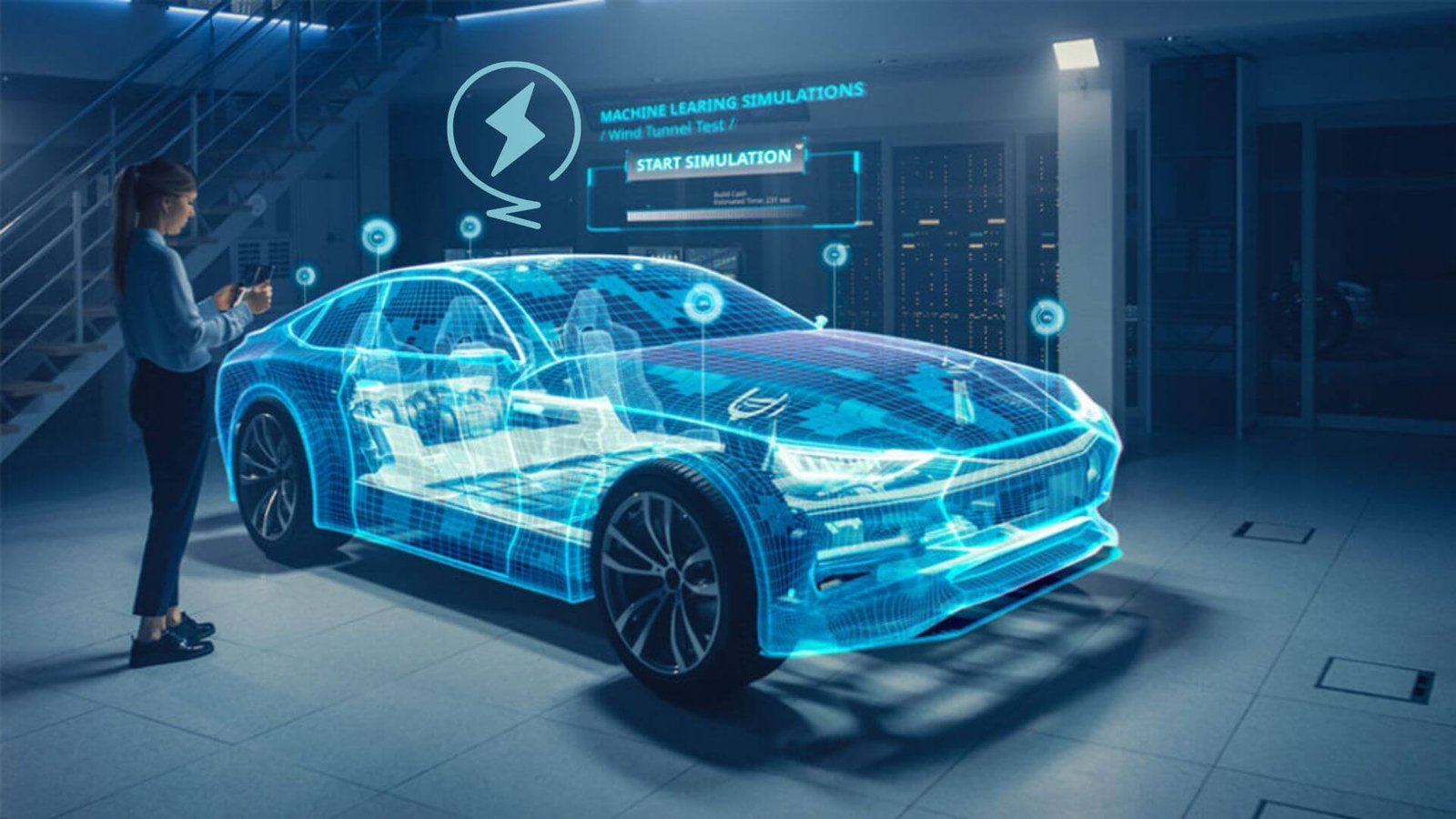
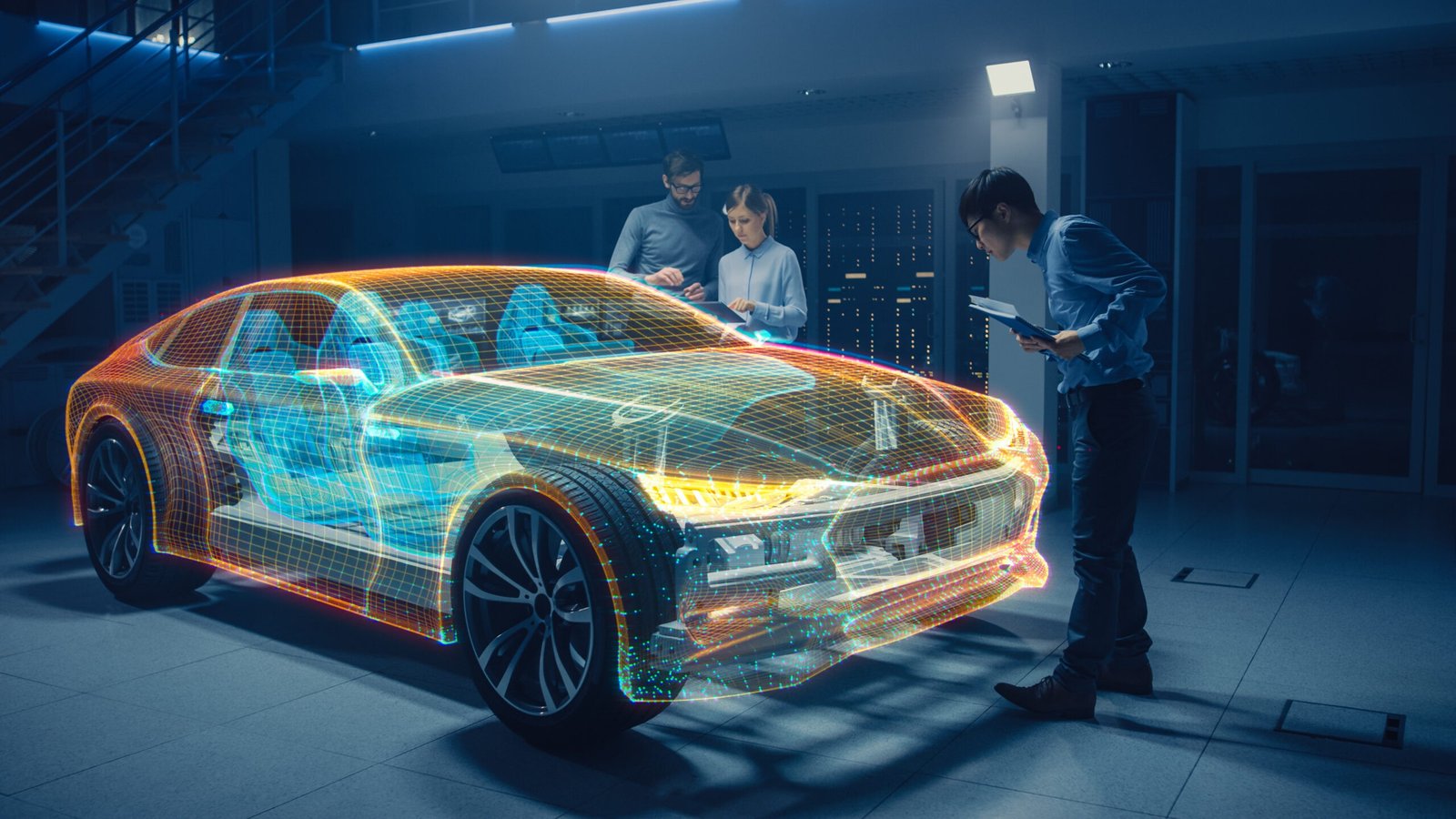
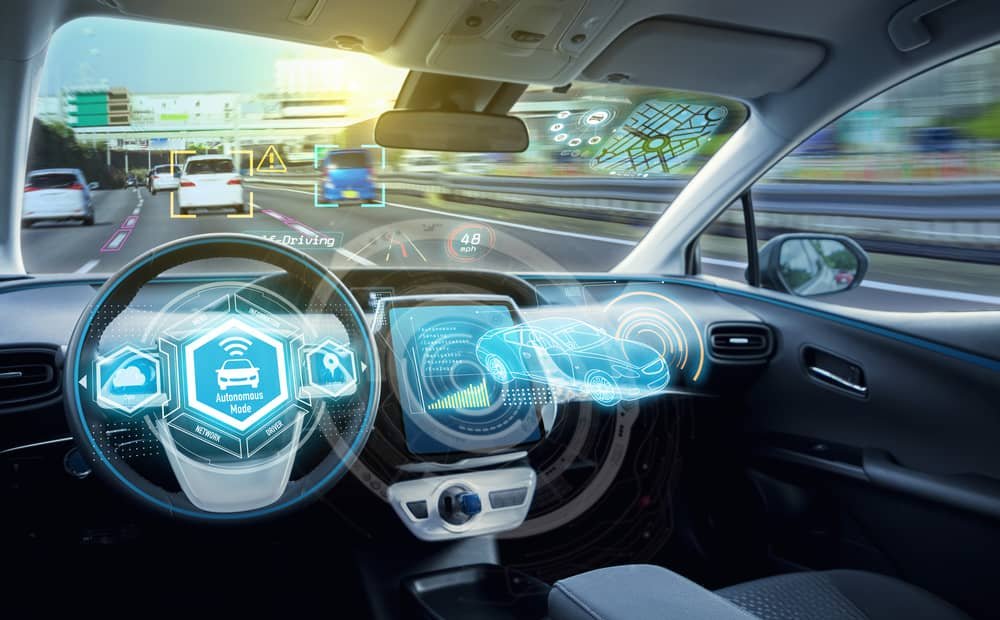
3. Eyes and Ears Everywhere: Integration of Sensors and Cameras for Connected Vehicles ;
3.1. Sensor Fusion: The Perceptive Backbone
Connected Vehicles rely on a sophisticated array of sensors and cameras to navigate and perceive the world around them. Lidar, radar, ultrasonic, and vision-based systems work in concert, providing the vehicle with a comprehensive view of its surroundings. This fusion of sensor data enables real-time decision-making, ensuring a safe and reliable autonomous driving experience. Sensor fusion represents the cornerstone of autonomy, enabling vehicles to perceive and respond to complex environments.
3.2. Augmented Perception: Enabling Autonomy
The integration of sensors and cameras goes beyond conventional perception; it augments the vehicle’s ability to understand and interact with its surroundings. Advanced computer vision algorithms enable object recognition, pedestrian tracking, and even gesture-based communication with external entities. This level of augmented perception empowers autonomous vehicles to seamlessly integrate into dynamic urban environments, ensuring safe and confident navigation.
3.3. Advanced Driver Assistance Systems (ADAS): A Stepping Stone to Autonomy
The integration of sensors and cameras forms the basis for Advanced Driver Assistance Systems (ADAS), a critical stepping stone towards full autonomy. These systems provide real-time feedback and intervention, enhancing driver safety and comfort. Features such as adaptive cruise control, lane-keeping assist, and automated parking rely on sensor inputs to make split-second decisions. As ADAS continues to evolve, it lays the foundation for the eventual transition to fully autonomous driving.
3.4. Beyond Sight: 360-Degree Perception
The integration of sensors and cameras extends the vehicle’s perception beyond the limitations of human senses. 360-degree camera systems provide a comprehensive view of the vehicle’s immediate surroundings, eliminating blind spots and enhancing parking and maneuvering capabilities. This expanded perception ensures that the vehicle can navigate complex environments with confidence, further enhancing safety and convenience.
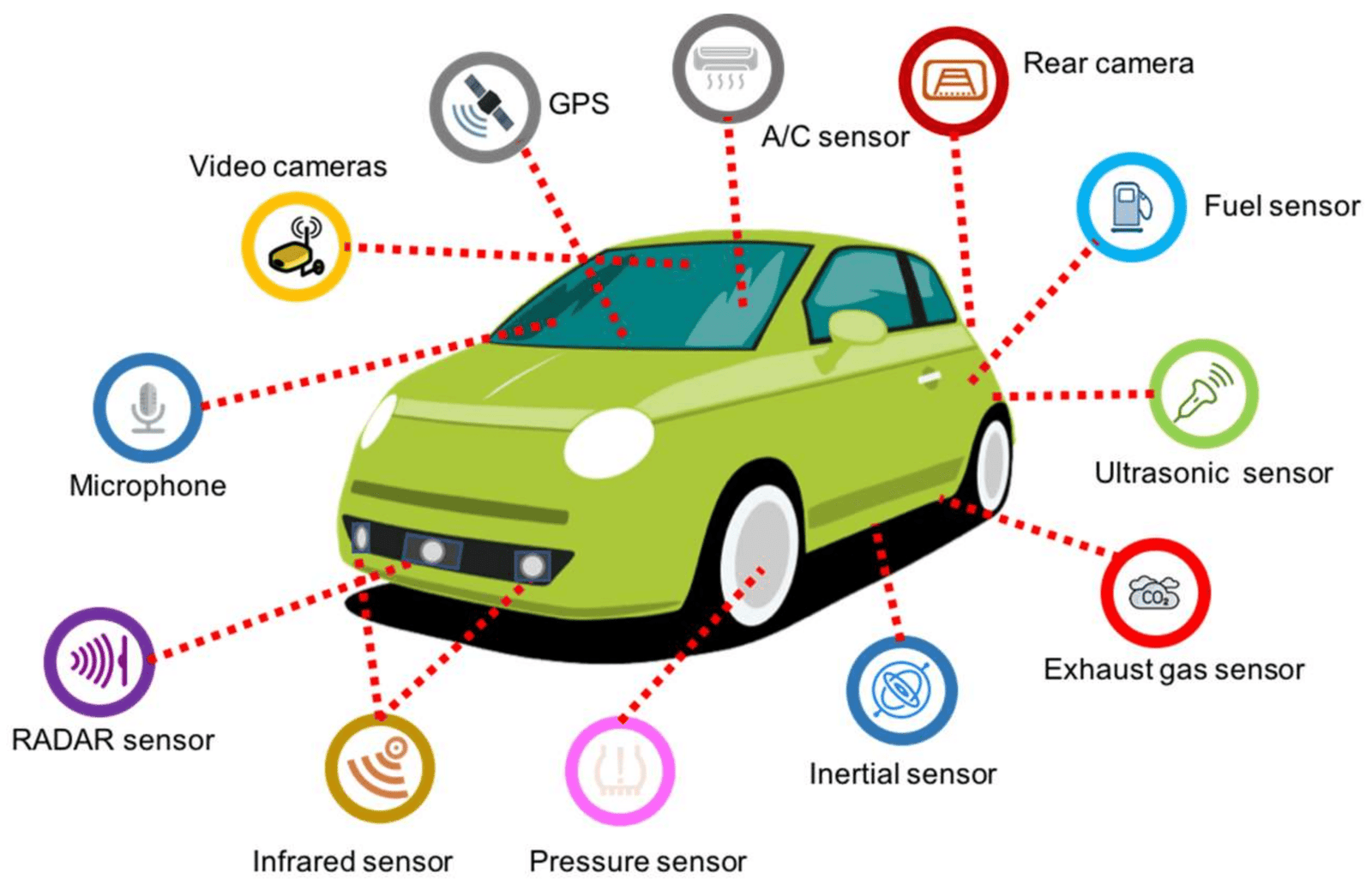
Conclusion: Pioneering the Future of Mobility
The convergence of autonomous and connected technologies is redefining the automotive landscape for the concept of Connected Vehicles. Interior spaces evolve into dynamic, human-centric environments, blurring the boundaries between mobility and leisure. UI/UX design becomes the linchpin of connectivity, offering personalized, anticipatory interactions. Meanwhile, sensors and cameras provide vehicles with the perceptive capabilities needed for safe, autonomous navigation. Together, these advancements are not just changing how we drive, but redefining how we experience mobility.
As automotive design continues to evolve, the seamless integration of autonomous and connected technologies will be at the forefront, shaping a future where our vehicles are not just modes of transportation, but extensions of our digital lives and personal spaces. The road ahead promises a journey unlike any before, where innovation knows no bounds. In this future, the vehicle becomes more than a means of getting from point A to point B; it becomes a sanctuary, a workspace, and a source of inspiration.
Welcome to the future of mobility and Connected Vehicles world.


